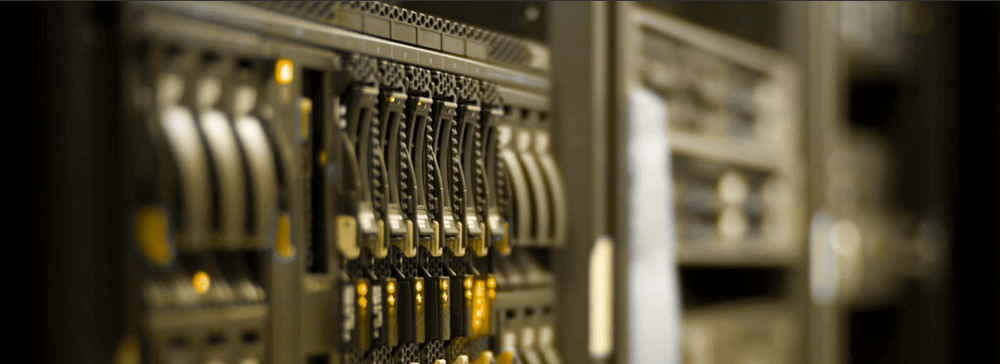So, we all know about Microsoft’s Storage Spaces Direct (S2D to put it simple) by now. It’s the feature introduced in Microsoft Server 2016 (Datacenter Edition) that pools together server’s storage allowing to build…that’s right: highly available and easily scalable software-defined storage systems. In this article, I’m gonna talk about not as much about its fault-tolerance characteristics themselves, but some hands-on experience, namely: how to replace a failed disk.
IMPORTANT NOTICE
The hyper-v.io blog was acquired by StarWind Software, Inc. on March 1st, 2023.
We are currently reviewing the content of the blog, but please note that any opinions expressed before the effective date of the acquisition are solely those of the original owner(s). We will not provide any comments or opinions on the previous content. You are welcome to post comments on the original posts, but we are not obligated to respond to your inquiries.

